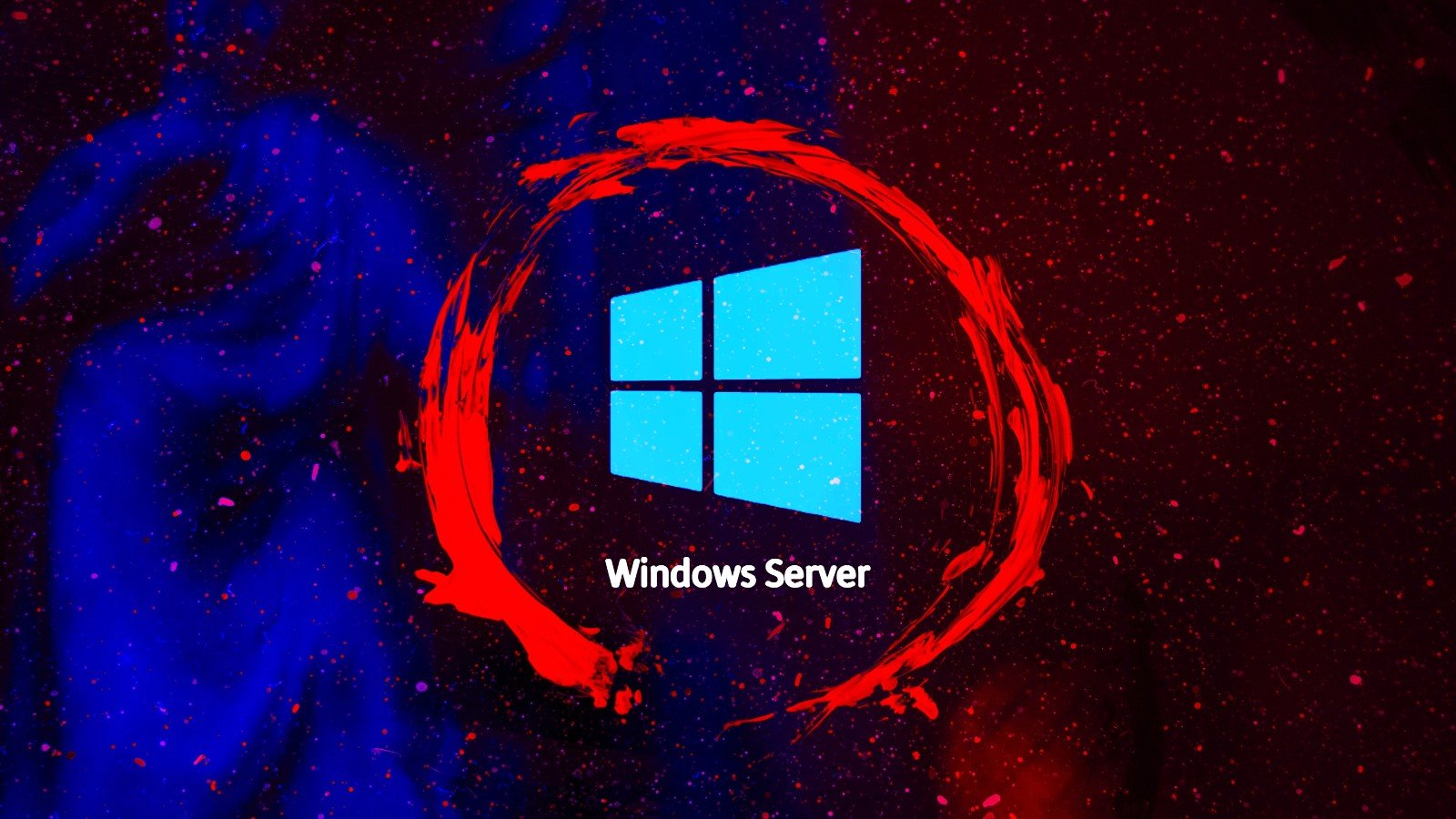
Microsoft publicly acknowledged a known issue causing Windows Server 2022 virtual machine (VM) blue screens and boot failures on VMware ESXi hosts.
Windows admins reported experiencing VM start failures [1, 2, 3, 4, 5] after installing the KB5031364 October 2023 cumulative update.
Now, Redmond has confirmed these ongoing issues, saying that they affect only VMware ESXi hosts where admins have installed the update released as part of last month's Patch Tuesday.
"Affected VMs will receive an error with a blue screen and Stop code : PNP DETECTED FATAL ERROR," Microsoft said in an update to the Windows release health dashboard.
The known issue only impacts VMware ESXi hosts with the following configuration:
- AMD Epyc physical processor
- "Expose IOMMU to guest OS" enabled in VMware settings for the VM.
- "Enable Virtualization Based Security" enabled in Windows Server 2022.
- "System Guard Secure Launch" enabled in Windows Server 2022.
Microsoft's engineering team is working on fixing these VM boot problems, with a potential fix sometime next week.
Temporary workarounds available
To mitigate this known issue, admins can disable the "Expose IOMMU to guest OS" option in affected VMs' settings. However, this temporary fix only works on some systems, given that some environments require this option to be enabled.
Windows administrators with impacted devices have also noted that uninstalling the problematic KB5031364 update will also resolve the issue (although it will also remove all security patches it deploys), allowing VMs to start up again without any problems.
You can do this using the Windows Update Standalone Installer (WUSA) tool, which helps install and remove update packages through the Windows Update Agent API.
First open an elevated command prompt by clicking the Start menu, typing cmd, right-clicking the Command Prompt application, and choosing 'Run as Administrator', and then run the following command:
wusa /uninstall /kb:5031364
Microsoft also issued emergency Windows Server updates in January and December 2022 to fix known issues causing Hyper-V VMs to no longer start and problems while creating new VMs on some Hyper-V hosts.
The company confirmed a similar issue earlier this year affecting VMware ESXi VMs with Secure Boot after installing February 2023 cumulative updates.
VMware issued emergency vSphere ESXi updates days later to fix the root cause of the boot issues leading to VMs' failure to locate a bootable operating system.



Post a Comment Community Rules
You need to login in order to post a comment
Not a member yet? Register Now